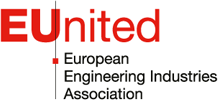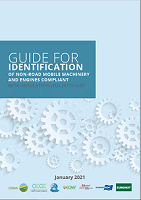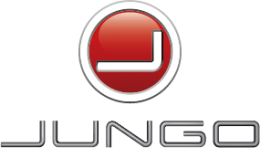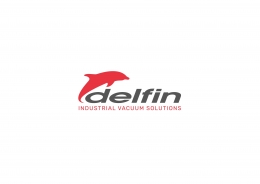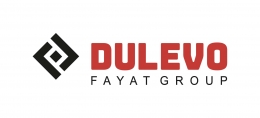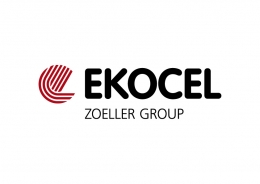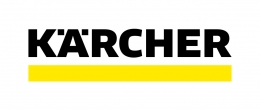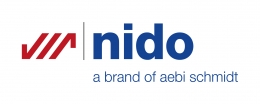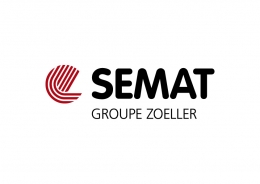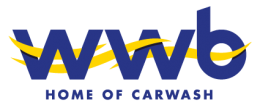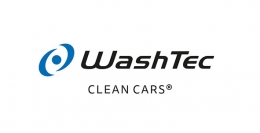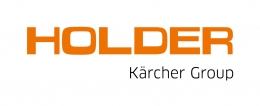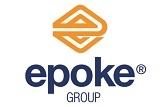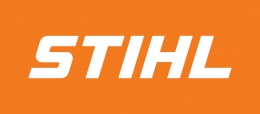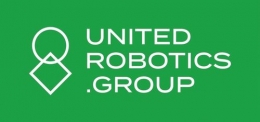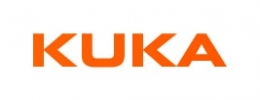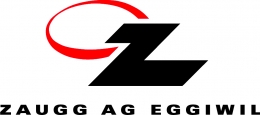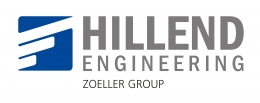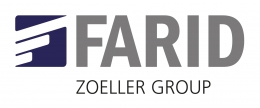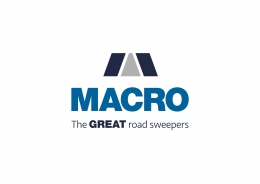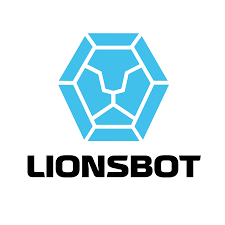
April 2021
European Commission's Proposal for AI Regulations
The Commission presented its proposal for AI regulations on 21 April 2021 aiming to turn Europe into the global hub for trustworthy Artificial Intelligence (AI). The Commision believes that the combination of the first-ever legal framework on AI and a new Coordinated Plan with Member States will guarantee the safety and fundamental rights of people and businesses, while strengthening AI uptake, investment and innovation across the EU. The new rules on Machinery are to complement this approach by adapting safety rules to increase users' trust in the new, versatile generation of products.
The new AI regulation is to make sure that Europeans can trust what AI has to offer. Proportionate and flexible rules will address the specific risks posed by AI systems and set the highest standard worldwide. The Coordinated Plan outlines the necessary policy changes and investment at Member States level.
The European approach to trustworthy AI
The new rules will be applied directly in the same way across all Member States based on a future-proof definition of AI. They follow a risk-based approach:
Unacceptable risk: AI systems considered a clear threat to the safety, livelihoods and rights of people will be banned. This includes AI systems or applications that manipulate human behaviour to circumvent users' free will (e.g. toys using voice assistance encouraging dangerous behaviour of minors) and systems that allow ‘social scoring' by governments.
High-risk: AI systems identified as high-risk include AI technology used in:
- Critical infrastructures (e.g. transport), that could put the life and health of citizens at risk;
- Educational or vocational training, that may determine the access to education and professional course of someone's life (e.g. scoring of exams);
- Safety components of products (e.g. AI application in robot-assisted surgery);
- Employment, workers management and access to self-employment (e.g. CV-sorting software for recruitment procedures);
- Essential private and public services (e.g. credit scoring denying citizens opportunity to obtain a loan);
- Law enforcement that may interfere with people's fundamental rights (e.g. evaluation of the reliability of evidence);
- Migration, asylum and border control management (e.g. verification of authenticity of travel documents);
- Administration of justice and democratic processes (e.g. applying the law to a concrete set of facts).
High-risk AI systems will be subject to strict obligations before they can be put on the market:
- Adequate risk assessment and mitigation systems;
- High quality of the datasets feeding the system to minimise risks and discriminatory outcomes;
- Logging of activity to ensure traceability of results;
- Detailed documentation providing all information necessary on the system and its purpose for authorities to assess its compliance;
- Clear and adequate information to the user;
- Appropriate human oversight measures to minimise risk;
- High level of robustness, security and accuracy.
In particular, all remote biometric identification systems are considered high risk and subject to strict requirements. Their live use in publicly accessible spaces for law enforcement purposes is prohibited in principle. Narrow exceptions are strictly defined and regulated (such as where strictly necessary to search for a missing child, to prevent a specific and imminent terrorist threat or to detect, locate, identify or prosecute a perpetrator or suspect of a serious criminal offence). Such use is subject to authorisation by a judicial or other independent body and to appropriate limits in time, geographic reach and the data bases searched.
Limited risk, i.e. AI systems with specific transparency obligations: When using AI systems such as chatbots, users should be aware that they are interacting with a machine so they can take an informed decision to continue or step back.
Minimal risk: The legal proposal allows the free use of applications such as AI-enabled video games or spam filters. The vast majority of AI systems fall into this category. The draft Regulation does not intervene here, as these AI systems represent only minimal or no risk for citizens' rights or safety.
In terms of governance, the Commission proposes that national competent market surveillance authorities supervise the new rules, while the creation of a European Artificial Intelligence Board will facilitate their implementation, as well as drive the development of standards for AI. Additionally, voluntary codes of conduct are proposed for non-high-risk AI, as well as regulatory sandboxes to facilitate responsible innovation.
The European approach to excellence in AI
Coordination will strengthen Europe's leading position in human-centric, sustainable, secure, inclusive and trustworthy AI. To remain globally competitive, the Commission is committed to fostering innovation in AI technology development and use across all industries, in all Member States.
First published in 2018 to define actions and funding instruments for the development and uptake of AI, the Coordinated Plan on AI enabled a vibrant landscape of national strategies and EU funding for public-private partnerships and research and innovation networks. The comprehensive update of the Coordinated Plan proposes concrete joint actions for collaboration to ensure all efforts are aligned with the European Strategy on AI and the European Green Deal, while taking into account new challenges brought by the coronavirus pandemic. It puts forward a vision to accelerate investments in AI, which can benefit the recovery. It also aims to spur the implementation of national AI strategies, remove fragmentation, and address global challenges.
The updated Coordinated Plan will use funding allocated through the Digital Europe and Horizon Europe programmes, as well as the Recovery and Resilience Facility that foresees a 20% digital expenditure target, and Cohesion Policy programmes, to:
- Create enabling conditions for AI's development and uptake through the exchange of policy insights, data sharing and investment in critical computing capacities;
- Foster AI excellence ‘from the lab to the market' by setting up a public-private partnership, building and mobilising research, development and innovation capacities, and making testing and experimentation facilities as well as digital innovation hubs available to SMEs and public administrations;
- Ensure that AI works for people and is a force for good in society by being at the forefront of the development and deployment of trustworthy AI, nurturing talents and skills by supporting traineeships, doctoral networks and postdoctoral fellowships in digital areas, integrating Trust into AI policies and promoting the European vision of sustainable and trustworthy AI globally;
- Build strategic leadership in high-impact sectors and technologies including environment by focusing on AI's contribution to sustainable production, health by expanding the cross-border exchange of information, as well as the public sector, mobility, home affairs and agriculture, and Robotics.
The European approach to new machinery products
Machinery products cover an extensive range of consumer and professional products, from robots to lawnmowers, 3D printers, construction machines, industrial production lines. The Machinery Directive, replaced by the new Machinery Regulation, defined health and safety requirements for machinery. This new Machinery Regulation will ensure that the new generation of machinery guarantees the safety of users and consumers, and encourages innovation. While the AI Regulation will address the safety risks of AI systems, the new Machinery Regulation will ensure the safe integration of the AI system into the overall machinery. Businesses will need to perform only one single conformity assessment.
Additionally, the new Machinery Regulation will respond to the market needs by bringing greater legal clarity to the current provisions, simplifying the administrative burden and costs for companies by allowing digital formats for documentation and adapting conformity assessment fees for SMEs, while ensuring coherence with the EU legislative framework for products.
Next steps
The European Parliament and the Member States will need to adopt the Commission's proposals on a European approach for Artificial Intelligence and on Machinery Products in the ordinary legislative procedure. Once adopted, the Regulations will be directly applicable across the EU. In parallel, the Commission will continue to collaborate with Member States to implement the actions announced in the Coordinated Plan.
=> Read complete proposal on AI regulations.
Industrious Brussels EU District, Avenue des Arts 6-9, 1210 Brussels, Belgium, +32 490 57 57 65
Transparency Register number: 0289344948-82
